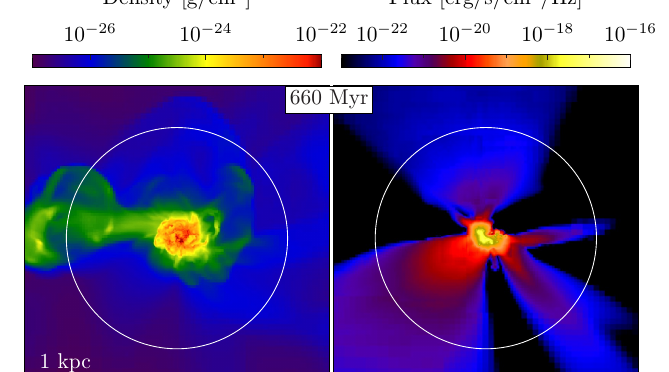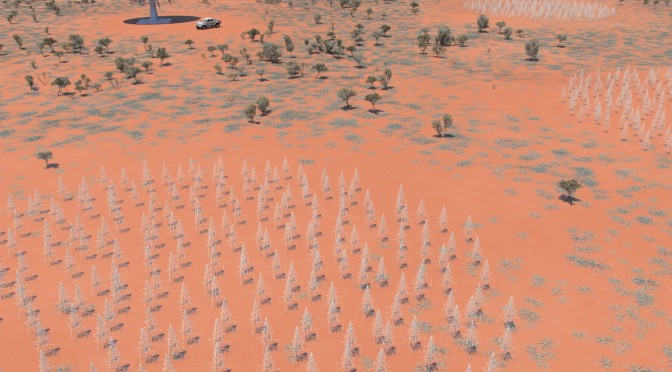“Birth of a Galaxy III” Paper Accepted
Our paper on the properties of the first galaxies, titled "Birth of a Galaxy - III: Propelling reionisation with the faintest galaxies" has been accepted to the Monthly Notices of the Royal Astronomical Society!

